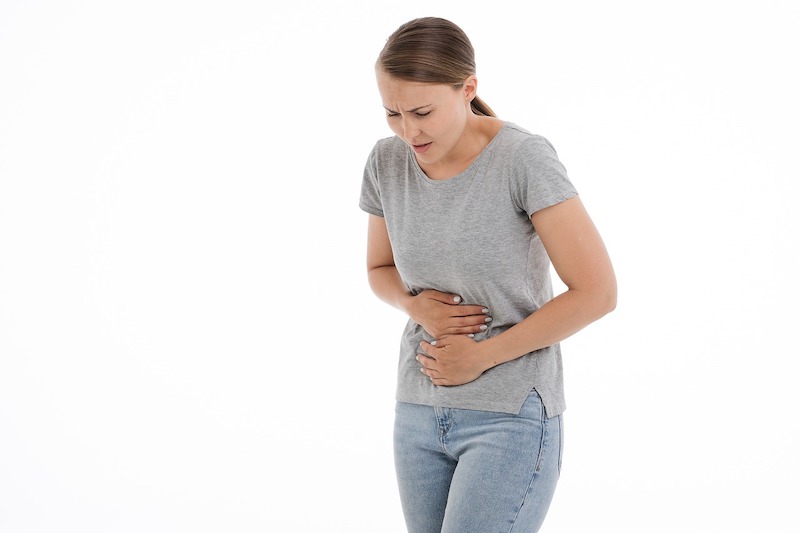By Dr. Matthew Palmer
Many women experience occasional symptoms of a urinary tract infection that may include bladder pain, discomfort with urination and a feeling of urinary urgency. These types of infection are often easily treated with an antibiotic and supportive measures such as increasing fluid intake. Women who experience these types of symptoms without having a urinary tract infection may be suffering from another common condition called interstitial cystitis or chronic bladder pain syndrome (IC/BPS). This condition is now recognized as a common cause in women with chronic pelvic pain. The prevalence of this syndrome ranges from 2.7% to 6.5%, which translates to between 3.3 and 7.9 million women in the United States who experience ongoing symptoms. The good news is that while IC can’t be cured, it can be treated with good success.
What is IC: A Clinical Perspective
Simply put, interstitial cystitis is a nerve-related pain syndrome and many women have overlapping symptoms of other chronic pain syndromes.
The term “IC” was first coined in 1887 and has evolved into the entity we know today. The simplest definition of IC/BPS as provided by the American Urological Association (AUA) is “an unpleasant sensation (pain, pressure, or discomfort) perceived to be related to the urinary bladder, associated with lower urinary tract symptoms of more than six weeks duration, in the absence of infection or other identifiable causes. One way to conceptualize IC is as a visceral pain syndrome. Compared with somatic nerves, visceral nerves in the pelvis transmit signals more slowly, are mapped more poorly in the central nervous system (CNS), and overlap with innervation of other pelvic organs. Chronic pelvic neural upregulation results in more vague and less localized symptoms, meaning it can be hard to track the origin of the discomfort. In practice, bladder nerve stimulation can be perceived as bladder origin pain.
Women with frequent symptoms of urinary tract infection (UTI) but repeated negative cultures should be evaluated for IC. It is also important to consider screening all women who present in clinic with subacute (more minor) or chronic pelvic pain for IC. Screening will involve a careful history and physical exam by your provider. Laboratory testing as well as a diagnostic cystoscopy (small camera inserted into the urethra to visualize the bladder) may also be needed.
Treatment for Interstitial Cystitis
Multimodal therapy that uses many tools is key to successful treatment of women with IC. Some the tools we use include:
- Dietary triggers have been identified in up to 90% of women diagnosed with IC. Citrus, tomatoes, artificial sweeteners, coffee, tea, chocolate, alcohol, and spicy food can exacerbate symptoms, although this varies significantly among women. Women are encouraged to explore how diet modification might help control their symptoms.
- Lifestyle modifications for IC management include relaxation and stress management techniques, low-impact exercises, pain management techniques (ie, warm sitz baths), wearing nonrestrictive clothing, bladder retraining, and controlled fluid intake.
- Physical therapy may be helpful for women with findings suggestive of significant musculoskeletal pain or muscle spasm identified on exam. Physical therapy (and/or nerve blocks) targeted to the abdominal wall and pelvic floor musculature can provide significant relief.
There are also oral medications that may be used in the treatment of IC. These can include a medication to help build back healthy bladder lining cells as well as antihistamine-type medications. Finally, many women will benefit from instillation of a combination of medications (medication cocktail) that are put directly into the bladder with a simple office procedure over 6-8 weeks. Following initial multimodal therapy, a follow-up visit should be scheduled to discuss continuing therapy. Most women do not require ongoing bladder instillation therapy, although flares of symptoms can often be treated with a short course of 1 to 3 instillations. Continuing diet modification and oral therapy allows for continued downregulation and desensitization of pelvic nerves. Follow-up visits at 4- to 6-month intervals for 1 to 2 years to evaluate ongoing medications are appropriate.
IC is a disorder that exists on a spectrum, and each patient will require individually tailored therapy. Helping you take charge of the management of the disease is the most effective strategy. Patients suffering from symptoms of IC should seek appropriate consultation with a qualified bladder health specialist.

